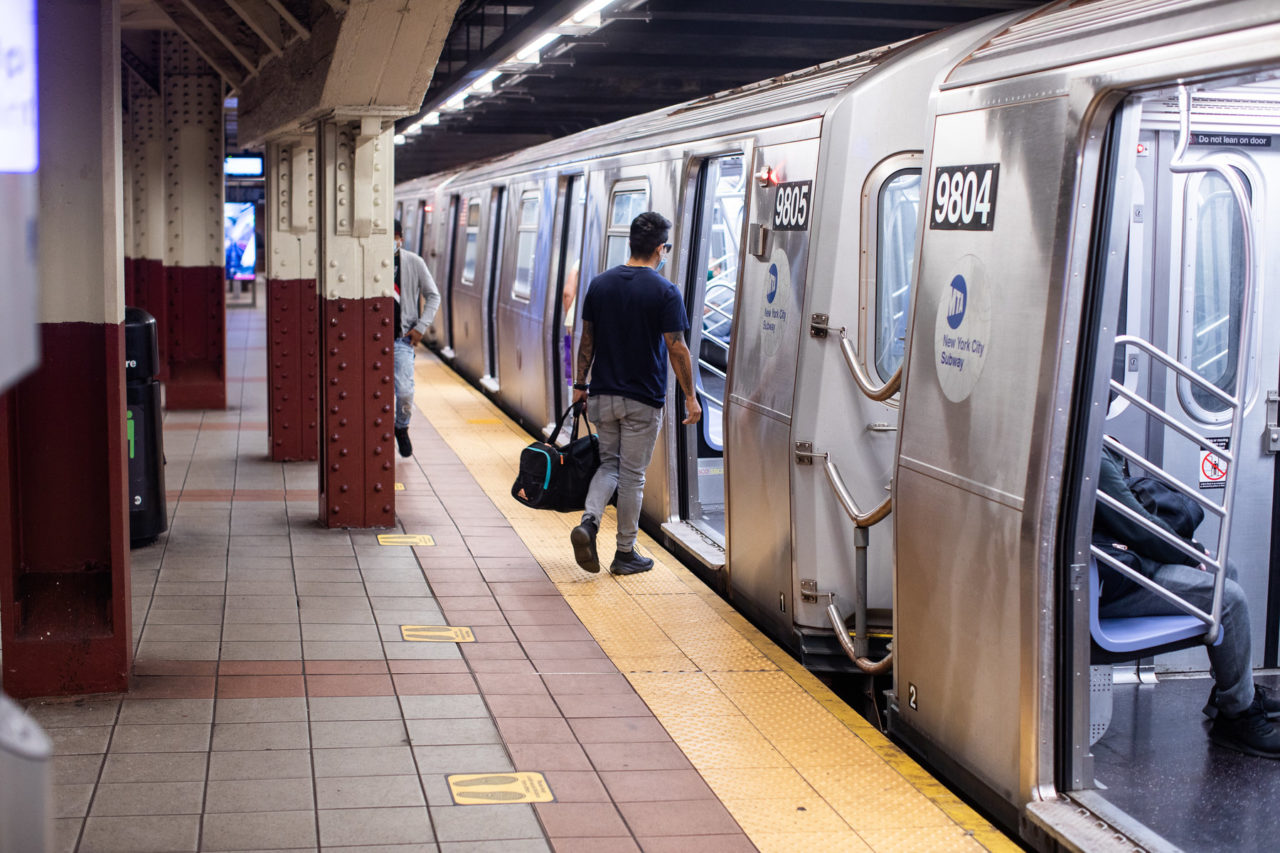

Vingroup, Vietnam’s largest private enterprise, has unveiled plans for an ambitious high-speed metro line that will connect downtown Ho Chi Minh City (HCMC) to the coastal district of Can Gio. This transformative project is set to cost $4 billion and promises to significantly boost local transportation and economic activity.
The proposal, revealed through discussions with city authorities, highlights Vingroup’s intention to undertake the full financial responsibility for the project. Headed by Pham Nhat Vuong, Vietnam’s wealthiest individual, the company aims to finance the construction through a public-private partnership model. In return, Vingroup seeks operational permits for the metro line.
“Vingroup has a solid history of executing large-scale infrastructure projects,” a company representative stated. This latest initiative aims to provide a seamless transit experience for HCMC residents, significantly enhancing urban mobility.
The proposed metro line will span 48.5 kilometers, stretching from Nguyen Van Linh Avenue in District 7 to Can Gio. This coastal district is not only noted for its stunning mangrove forests but also presents substantial tourism potential. Vingroup envisions the metro trains achieving speeds of up to 250 kilometers per hour, thereby elevating business connectivity and commuter convenience across the region.
Currently, Can Gio is an area of significant development for Vingroup, which is working on an extensive urban project covering nearly 2,900 hectares. This development is expected to accommodate around 230,000 residents with an investment of $9 billion.
For the metro line proposal to move forward, it requires approval from HCMC authorities. Prime Minister Pham Minh Chinh has previously endorsed Vingroup’s initiative, urging the city to collaborate with private sector firms on major projects to stimulate economic growth.
In addition, HCMC has set forth an ambitious plan to expand its metro network. By 2035, six new routes are slated for development, alongside three additional lines by 2045, with an overall investment reaching an estimated $67 billion.
As Vingroup spearheads this groundbreaking infrastructure project, the potential implications for the retail sector in HCMC are substantial. Enhanced transportation options are likely to increase foot traffic in commercial districts, benefiting local businesses and attracting new investments. This aligns with emerging consumer trends that favor accessible and efficient urban mobility solutions, setting the stage for a vibrant economic landscape in Vietnam’s largest city.